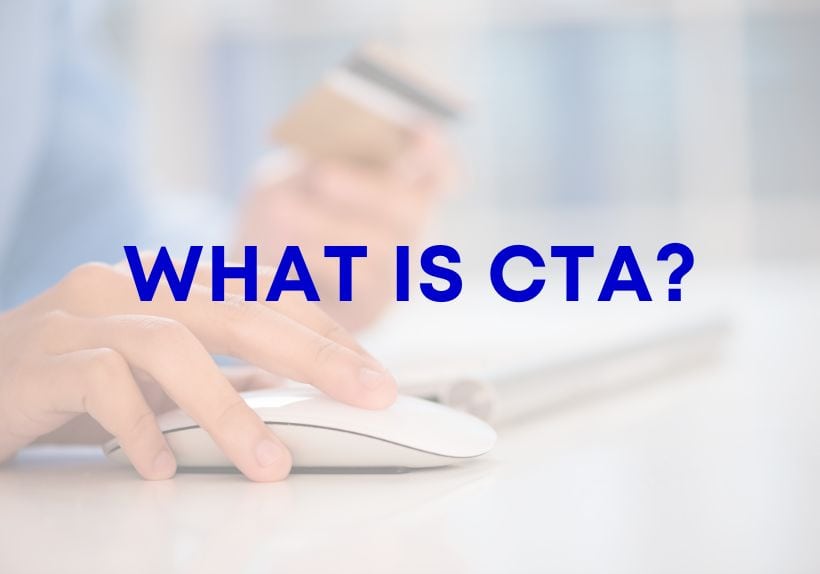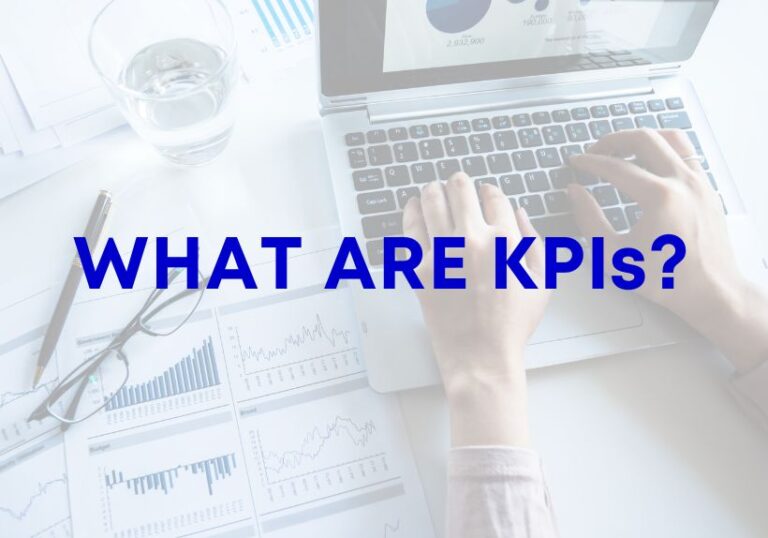Recently, I mentioned to a client that their website needs a stronger CTA. And they asked me, what is CTA? Which stopped me in my tracks. Because I realized two things.
One, I dislike speaking in acronyms, and wasn’t aware that I was doing it.
Two, I had made an assumption, which is never a good thing. I assumed my audience knew what a CTA is. But as a new entrepreneur, they hadn’t heard of it before. So here is this post, to explain what is CTA, what it means, why it matters, and examples of how to use it in your business.
CTA Explained
CTA is an acronym for Call To Action. It’s common jargon in marketing. Because when people find themselves saying something dozens of times a day, they tend to find a shortcut. Call to Action describes a prompt or invitation to encourage your audience to do something. Essentially, whether it’s a basic “buy now” to a creative “give me the details”, it directs what action you want your audience to take. Read on for more examples later in this post.
Why does CTA matter?
Basically, doing a marketing campaign without a call to action is like trying to drive a car without a steering wheel. You have no direction, and get nowhere fast.
A CTA encourages the action you want a customer to take. Consumer behaviour has been studied for decades, and one constant truth is the need to ask or instruction potential customers to do something. Though technology has changed how we interact with brands and gather information to make purchase decisions, human psychology hasn’t evolved. We still follow the basic framework that marketing dudes from the late 19th century talked about – Awareness, Interest, Desire, Action, or AIDA. That Action is the CTA – call to action.

Tips for Writing a CTA
At this point, we have a solid understanding of CTA. Next, let’s look at tips for writing a CTA for your business. As well as words, a CTA is also colour and image. Because the use of photos, video, movement, colour, and makes the message stronger.
- Be on brand
Firstly, be sure the appearance, message, and tone of your CTA matches your brand. For example, if your brand colours don’t include yellow, then don’t use a yellow button to say “Order Now.” However, if your brand is quirky, fun, and playful, then don’t use a serious and formal call to action.
- Be specific
Essentially, tell your customer exactly what you want them to do, and when. Creating a sense of urgency is a proven way to encourage action. A CTA should be specific, as in “Shop Today” or “Start Now”. Another way to be specific with a CTA is to add numbers. As in “Signup to get 50% off.”
- Be concise
Don’t write a whole sentence, when just a few words will do.
- Be strategic
Also, create each CTA to align with the goal of the marketing campaign, which in turn should connect with your strategic plan. For example, if your business is aiming to build brand recognition, then the call to action should be “Learn More” to get more visitors to your website, or “Follow Now” to grow your audience and increase visibility.
- Be emotional
A CTA which creates an emotional response is effective for encouraging the audience to follow through. Use a CTA that connects to the desired outcomes of your target customer. This could be “Start improving your health today” or “Yes, I want to be more productive”
- Be consistent
If sales is a numbers game, then marketing is about repetition. And consistency. So use the same CTA across all channels for the same campaign. Don’t use one on TikTok and another one on Facebook.
However, an exception to this rule would be if you are doing A/B Testing, which means running the same ad to the same audience with one modification – like different call to action phrases – to measure the response rate.
- Be Flexible
Finally, monitor the conversion rates of your marketing, and be flexible with making changes if the response rates are low. Measure how many people followed through on your CTA, and if that rate is very low, consider changing the CTA to see if the results change.
CTA Examples

As explained above, CTAs should be on-brand and connect to the strategic objective of the marketing campaign. Therefore, an ecommerce business has different CTAs than a non-profit organization. Next, here are some CTA examples by sector and purpose:
Building a community
Subscribe, Join Now, Sign up, Refer
Selling products or services online
Order Now, Buy, Shop, Add to Cart, Learn How
Blog
Learn More, Read More, Discover, See More
Generating a Lead
Request a Quote, Get Started, Contact Today, Get in Touch
Lead Magnet
Download Now, Free Download, Claim, Get Code
Building reach on social media
Follow us, Share This, Save This
Non-Profit Organizations
Donate, Support Us, Volunteer, Give Today, Adopt, Help Us
What is CTA and Why it Matters
Clearly, entrepreneurship has its own set of acronyms and abbreviations. Certainly, this can be intimidating as a new business owner. But just as every big company started out as a small company, everyone had to learn the terms and lingo of being in business. All in all, understanding CTAs is valuable for getting the best results from marketing and customer cmmmunication. Overall, marketing is about consistency and repetition, so once you craft a strong CTA, use it throughout your website, email, ads, or direct mail.














